A source of frequency 'f' is stationary and an obsercer starts moving towards it at t=0 with constant small acceleration. Then the variation of observed frequency 'f' registered by the observer with time is best represented as
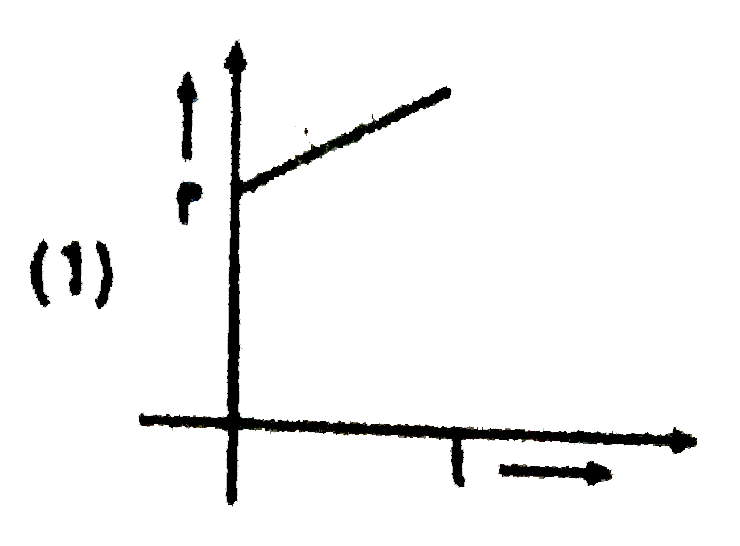

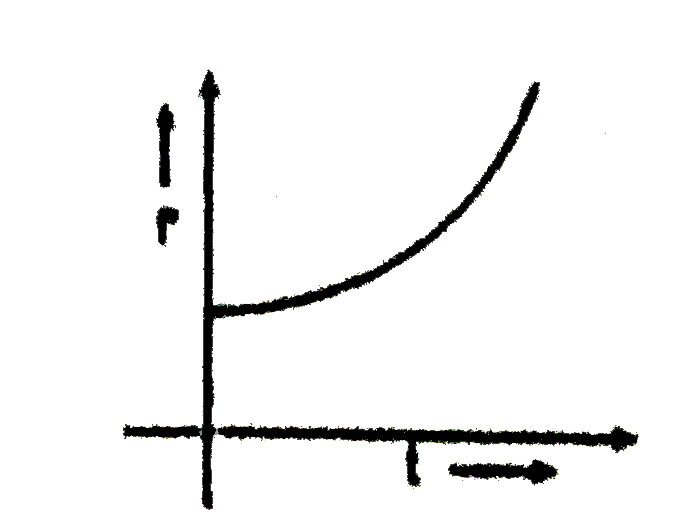
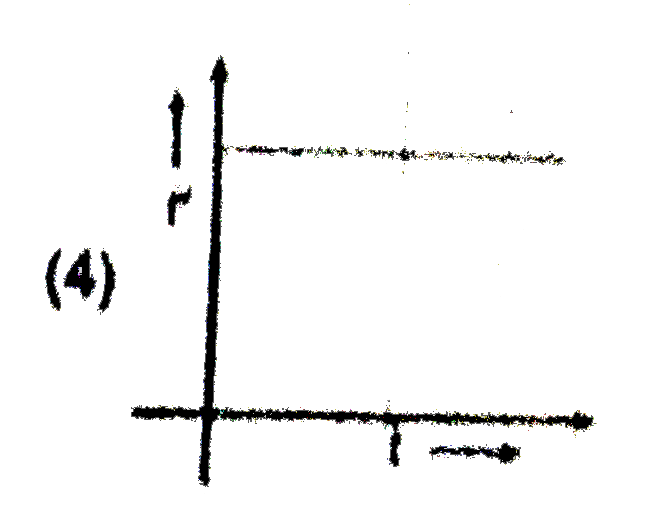
The correct Answer is:A
After a time t, velocity of observer V0=at
∴f0=(V+V0V)fs,=(V+atV)fs, which is a straight line graph of positive slope.
Topper's Solved these Questions
- BOOK - RESONANCECHAPTER - SOUND WAVESEXERCISE - Solved Examples24videos
SOUND WAVES
- BOOK - RESONANCECHAPTER - SOUND WAVESEXERCISE - Board Level Exercise33videos
SOUND WAVES
- BOOK - RESONANCECHAPTER - SIMPLE HARMONIC MOTIONEXERCISE - Exercise28videos
SIMPLE HARMONIC MOTION
- BOOK - RESONANCECHAPTER - STRING WAVESEXERCISE - Exercise32videos
STRING WAVES
Similar Questions
A source emitting a sound of frequency v is placed at a large distance from an observer. The source starts moving towards the observer with a uniform acceleration a. Find the frequency heard by the observer corresponding to the wave emitted just after the source starts. The speed of sound in the medium is v.
View SolutionA source of frequency f is moving towards the observer along the line SO with a constant velocity υs as shown in figure. Plot f' versus t graph . Where f' is the changed frequency observed by the observer.
 View Solution
View Solution
Knowledge Check
- Question 1 - Select One
A source emitting a sound of frequency 'f' is placed at a large distacnce from an observer. The source starts moving towards the oberver with a uniform acceleration 'a'. Find frequency heard by the observer corresponding to the wave emitted just after the source starts. The speed of sound in medium is v
Avf22vf−aB2vf22vf+aC2vf23vf−aD2vf22vf−a - Question 2 - Select One
Two identical source moving parallel to each other at seperation 'd' are producing sounds of frequency 'f' and are moving with constant velocity v0. A stationary .observer 'O' is on the line of motion of one of the sources. Then the variation of beat frequency heard by O with time is best represented by: (as they come from large distance and go to a large distance)
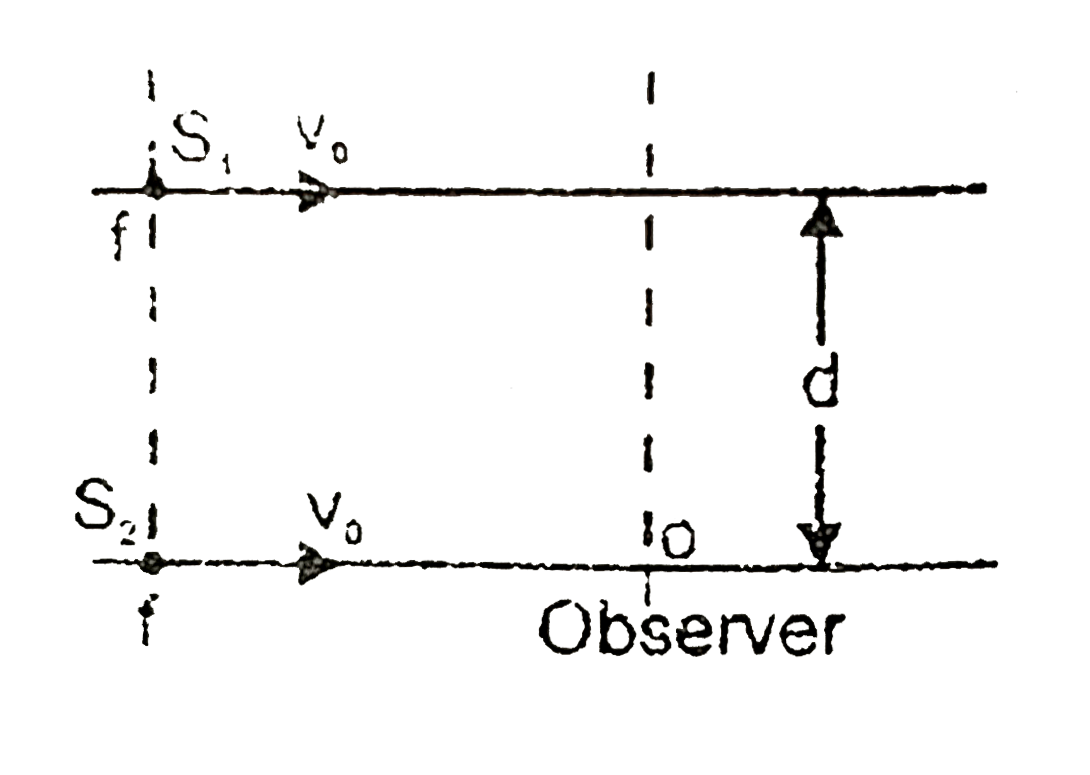 A
A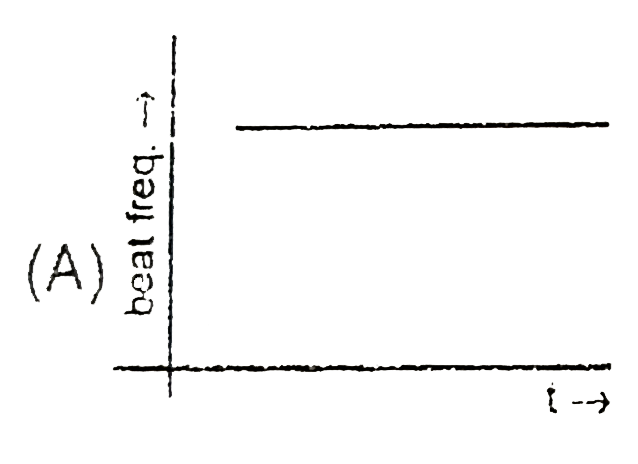 B
B C
C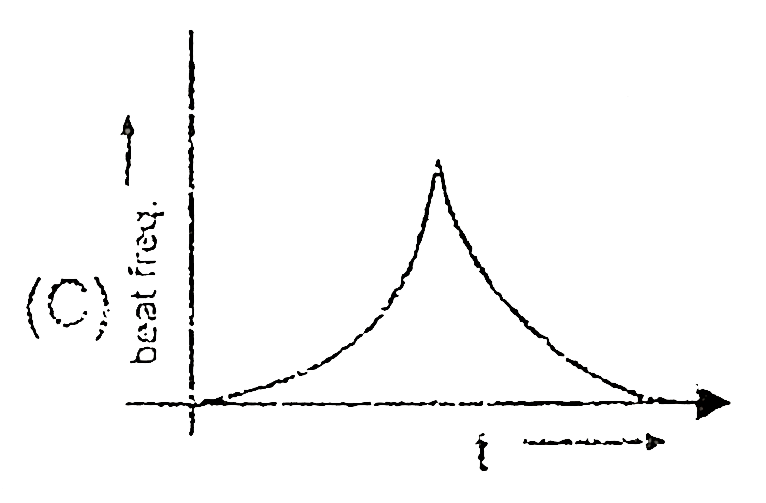 D
D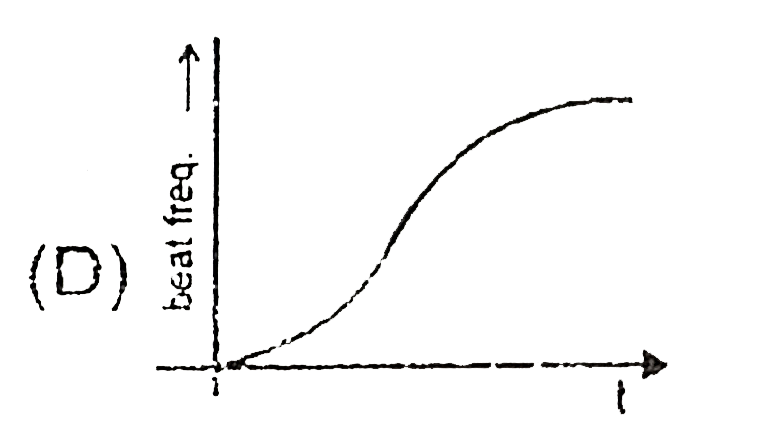
- Question 3 - Select One
An observer is moving towards the stationary source of sound, then
AApparent frequency will be less than the real frequencyBApparent frequency will be greater than the real frequencyCApparent frequency will be equal to real frequencyDOnly the quality of sound will change
A source of frequency 1 kHz is moving towards a stationary observer with velocity of 0.9 times that of sound. What is the frequency heard by the observer ?
View SolutionA sound source is moving towards a stationary observer with 1/10 of the speed of sound. The ratio of apparent to real frequency is
View SolutionA train is moving towards a stationary observer. Which of the following curve best represents the frequency recived by observer f aas afunction of time?
View SolutionA train whistling at constant frequency is moving towards a station at a constant speed v. The train goes past a stationary observer on the station. The frequency v of the sound as heard by the observer is plotted as a function of time t. Identify the expected curve.
View SolutionA source is approaching a stationary observer with uniform acceleration . The frequency of the sound heard by the observer appears to -
View Solution

